Back pain usually occurs in the lower back, while kidney pain is higher and deeper, such as in the upper half of the back, and may be accompanied by fever, vomiting, and hematuria.
The kidneys are two small, bean-shaped organs located on either side of the body, about the size of a fist. They have the important function of filtering water, acids, and waste from the blood, creating urine to help the body expel waste. Damaged kidneys cannot perform their function of maintaining a healthy balance of salts, minerals such as calcium, and water in the blood.
The kidneys also make hormones that help control blood pressure, keep bones strong, and make red blood cells. People should watch for signs of kidney disease or damage, such as pain.
Kidney pain is an uncomfortable feeling originating from the kidney area, usually a dull ache in the sides, back or abdomen. Therefore, kidney pain is easily confused with common back pain. Kidney pain can be recognized from back pain through some differences in sensation, location and symptoms.
Location
The kidneys are located just below the rib cage on either side of the spinal cord. When you have kidney pain, you usually feel pain on the left or right side of your back below the ribs. The pain may spread to your abdomen or groin.
Compared to back pain, kidney pain is higher and deeper in the body. It can be felt in the upper half of the back. Back problems often affect the lower back.
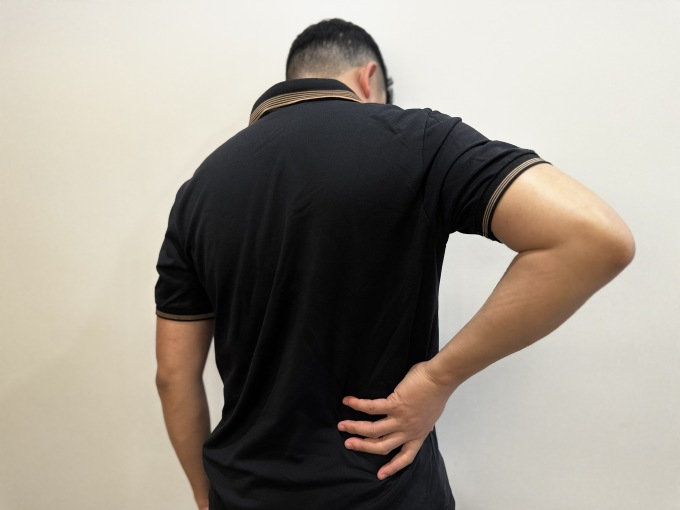
Back pain usually occurs in the lower back, while kidney pain is located higher and deeper. Photo: Ngoc Pham
Token
Back pain often flares up or becomes worse when doing certain activities such as bending or lifting heavy objects, and is relieved by adjusting posture or exercising. Meanwhile, kidney pain does not go away even when you rest or change position.
Associated symptoms
Depending on the cause, kidney pain may be accompanied by other symptoms. You should see a doctor immediately if you have body aches; fatigue; constant dull pain in the back; pain on one side but sometimes both sides, severe pain, possibly in waves; pain spreading to the groin or abdomen; fever; vomiting; pain when urinating; cloudy urine; blood in the urine.
Your doctor may perform several tests to find the cause of your kidney pain, including:
Blood tests check for signs of infection or kidney stones, the kidneys' function of filtering waste from the blood.
Urine tests check for infection, protein, and other substances in the urine caused by kidney disease.
Ultrasound or magnetic resonance imaging (MRI) examines the kidneys and other parts of the urinary tract in detail.
Treatment depends on the cause of kidney pain, such as antibiotics if the pain is due to an infection. In the case of kidney stones, your doctor may prescribe medication to pass the stone or recommend surgery if the stone is large.
To relieve kidney pain at home, people can use a heating pad on their back or abdomen; drink plenty of water; and avoid alcohol or caffeinated beverages.
Mr. Ngoc (According to Webmd )
Source link





![[Photo] Visiting Cu Chi Tunnels - a heroic underground feat](https://vstatic.vietnam.vn/vietnam/resource/IMAGE/2025/4/8/06cb489403514b878768dd7262daba0b)


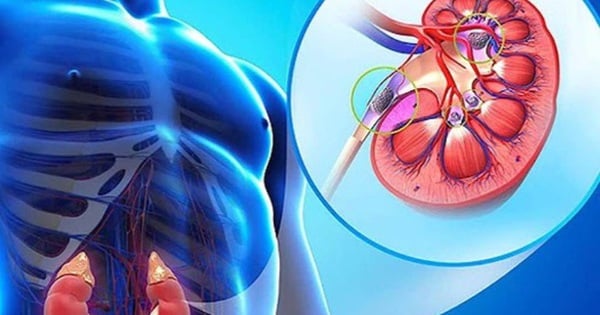

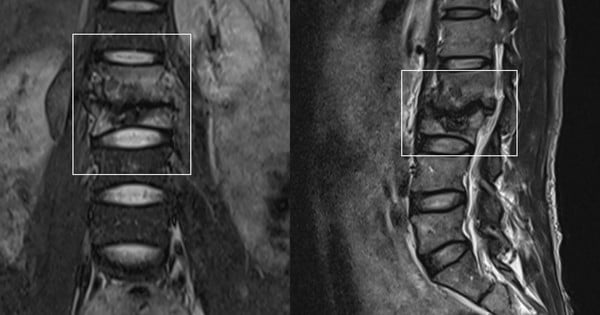
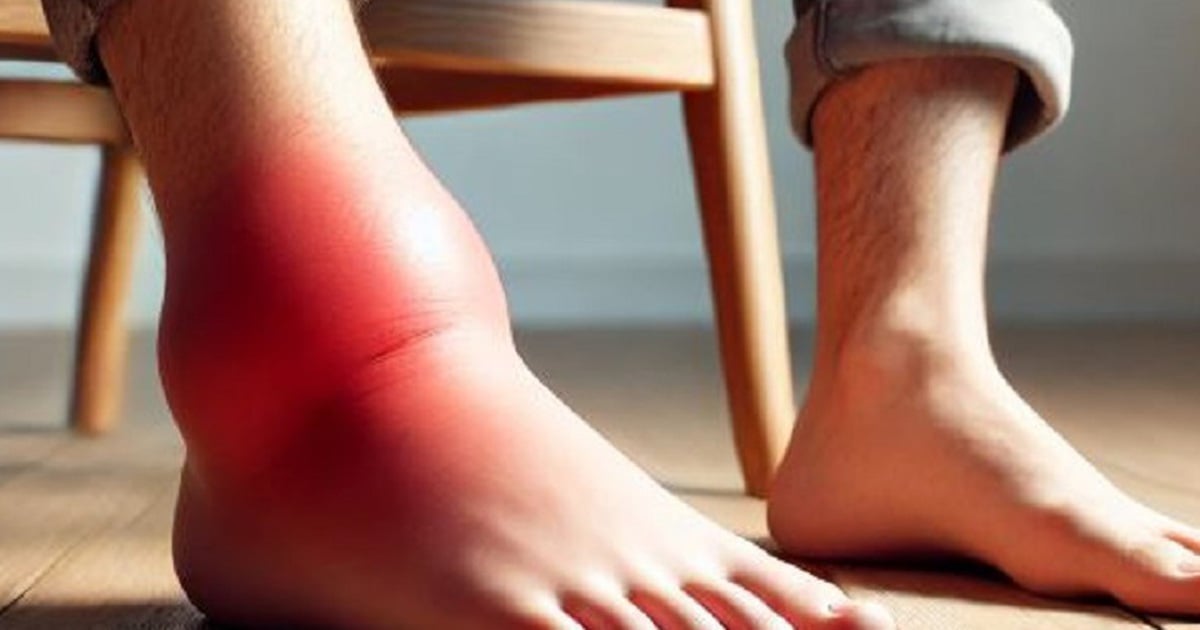





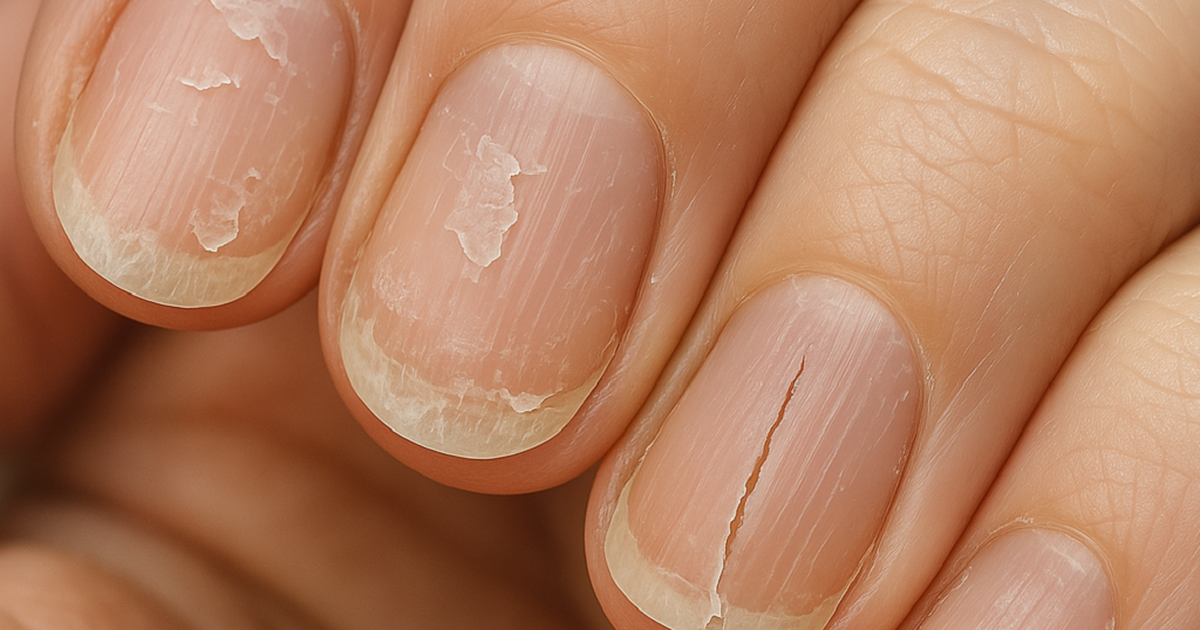
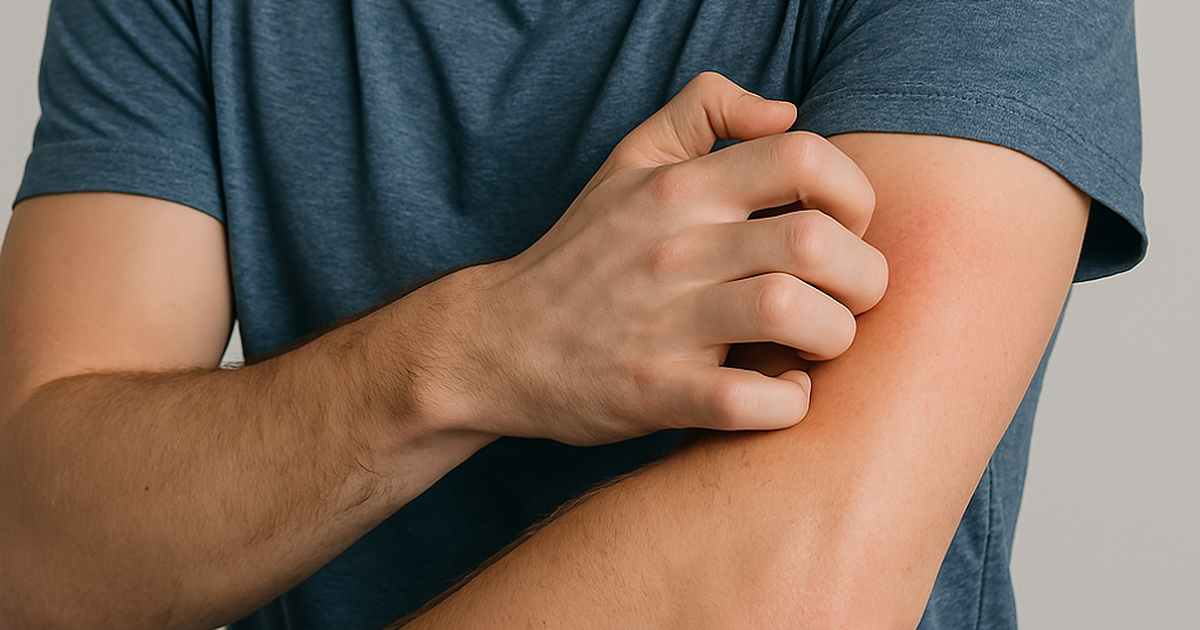




























































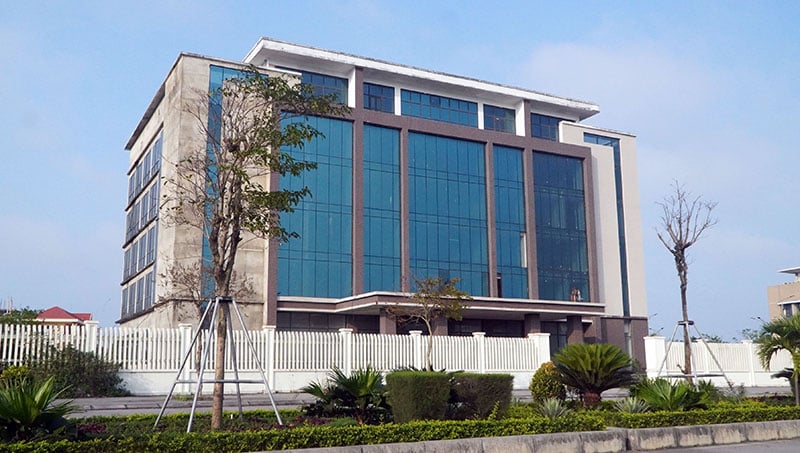














Comment (0)